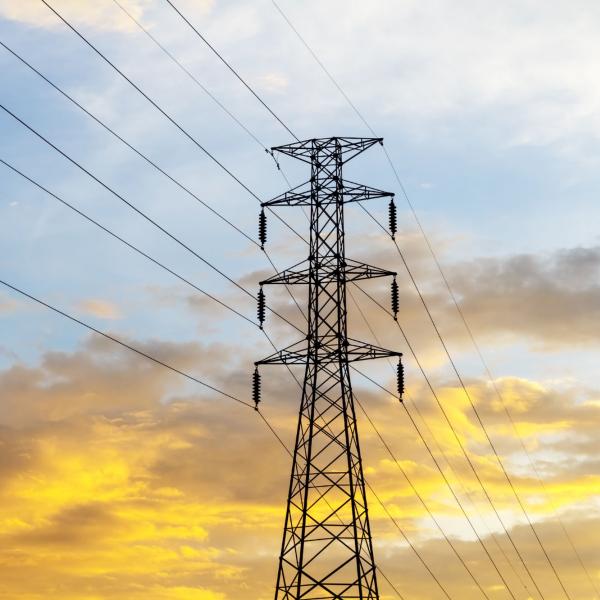The installation of utilities, such as lines for power and cable television, often requires companies to approach landowners about obtaining easements to their land. A utility easement gives a utility the right to use and access a specific area of a property without owning the parcel.
As with any contract, though, there are legal factors to consider, and landowners are encouraged to consult an attorney before agreeing to a utility easement.

Utility Easement Checklist
Outlined here are things to look for in an easement document and discuss with your lawyer.
Duration of the easement.
Price and payment date.
Exact route of the centerline of the easement. Think ahead! What might you want to use the land for in the future?
Width of the easement.
Height and spacing of poles or towers.
Location of guy wires/anchors.
Number, capacity and minimum height of wires. Location of transformers.
Limitation on the use of the easement by third parties without the grantor’s specific consent.
Who’s duty is it to remove poles, towers, footings, etc. upon the end of the term of the easement or abandonment of use. (Duty to restore land surface.)
If the easement entails sub-surface construction, what’s the minimum depth of the sub-surface installations?
Is farming allowed over a sub-surface installation?
Is farming allowed under transmission wires?
Who has responsibility to manage weeds, etc. around poles or under towers?
If crops or surfaces are damaged during the installation of poles, towers or sub-surface installations, how are damages calculated and when will damages be paid? (Duty to restore land surface.)
If crops or surfaces are damaged during maintenance or repairs of the utility, how are damages calculated and when will damages be paid? (Duty to restore land surface.)
Dates that installation of utility towers, poles or sub-surface facilities will occur.
